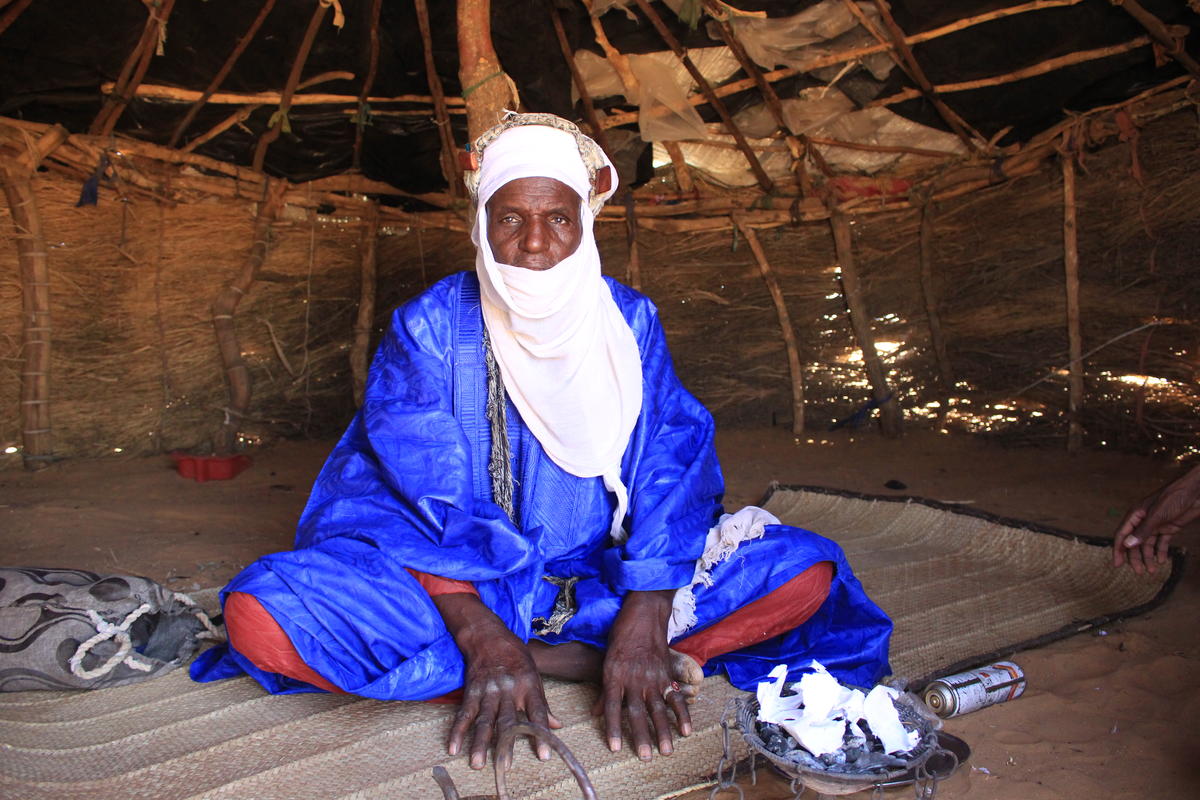Gulf of Aden and Mediterranean: More deaths at sea
Gulf of Aden and Mediterranean: More deaths at sea
The flow of boatpeople crossing the Gulf of Aden from Somalia to Yemen to seek safety or a better life has temporarily halted because seas are too rough to make the crossing in July and August.
For the first six months of this year, UNHCR in Yemen recorded the arrival of 77 smuggling boats carrying more than 8,600 refugees, asylum seekers and migrants - mostly Somalis and Ethiopians. During that period, at least 367 people died making the crossing, while 118 remain missing. For the same six-month period in 2006, a total of 107 boats arrived with 11,723 people aboard. A total of 266 died and 66 were recorded as missing in the first half of 2006.
Many of those who lost their lives - after paying about $50 to make the perilous voyage - were forced by ruthless smugglers to disembark offshore while still in deep water and drowned trying to swim to shore. Others were beaten to death by club-wielding smugglers, or attacked by sharks after being thrown overboard. Many bodies were buried on Yemeni beaches by local fishermen.
Smugglers usually operate in the Gulf of Aden from September to June.
For all of 2006, nearly 29,000 people were recorded arriving in Yemen in 237 boats. At least 328 people died and 310 were recorded as missing for the year.
But while smuggling in the Gulf of Aden has come to a temporary halt, it is only just starting again in the Mediterranean. Despite a drop in irregular arrivals in Italy by 31 percent compared to the first six months of last year, the number of dead and missing - at least 200 in the Strait of Sicily in June alone - shows how dangerous it has become to cross the Mediterranean. UNHCR has repeatedly expressed its concerns about the situation in the Gulf of Aden, the Mediterranean and other waters, as some of those who risk their lives making such crossings are refugees and asylum seekers.
In late 2006, irregular travel to Yemen became increasingly difficult for refugees, asylum seekers and migrants alike as a result of increased crackdowns on smugglers in Somalia's Bossaso region and heightened security patrols along the Yemen coastline. Smugglers simply started taking new routes to Yemen. Various new drop-off points were identified along the 400 km coastline, turning the voyage into a three-day ordeal rather than two.
The solution lies not only in cracking down on smugglers, but also on tackling the root causes of persecution, poverty and conflict that prompt irregular movers to leave their homes. Moreover, countries need help in managing these mixed migration flows in a manner that would ensure protection for those who need it and a safe return for those who do not. Last but not least, anyone in distress at sea should be rescued, allowed to disembark and given access to proper screening procedures upon arrival.
Last week, UNHCR and the International Maritime Organization (IMO) called for more action to prevent further loss of life. In 2006, UNHCR presented a Ten-Point Plan of Action on Refugee Protection and Mixed Migration that sets out a number of measures to assist states in dealing with the problem.








